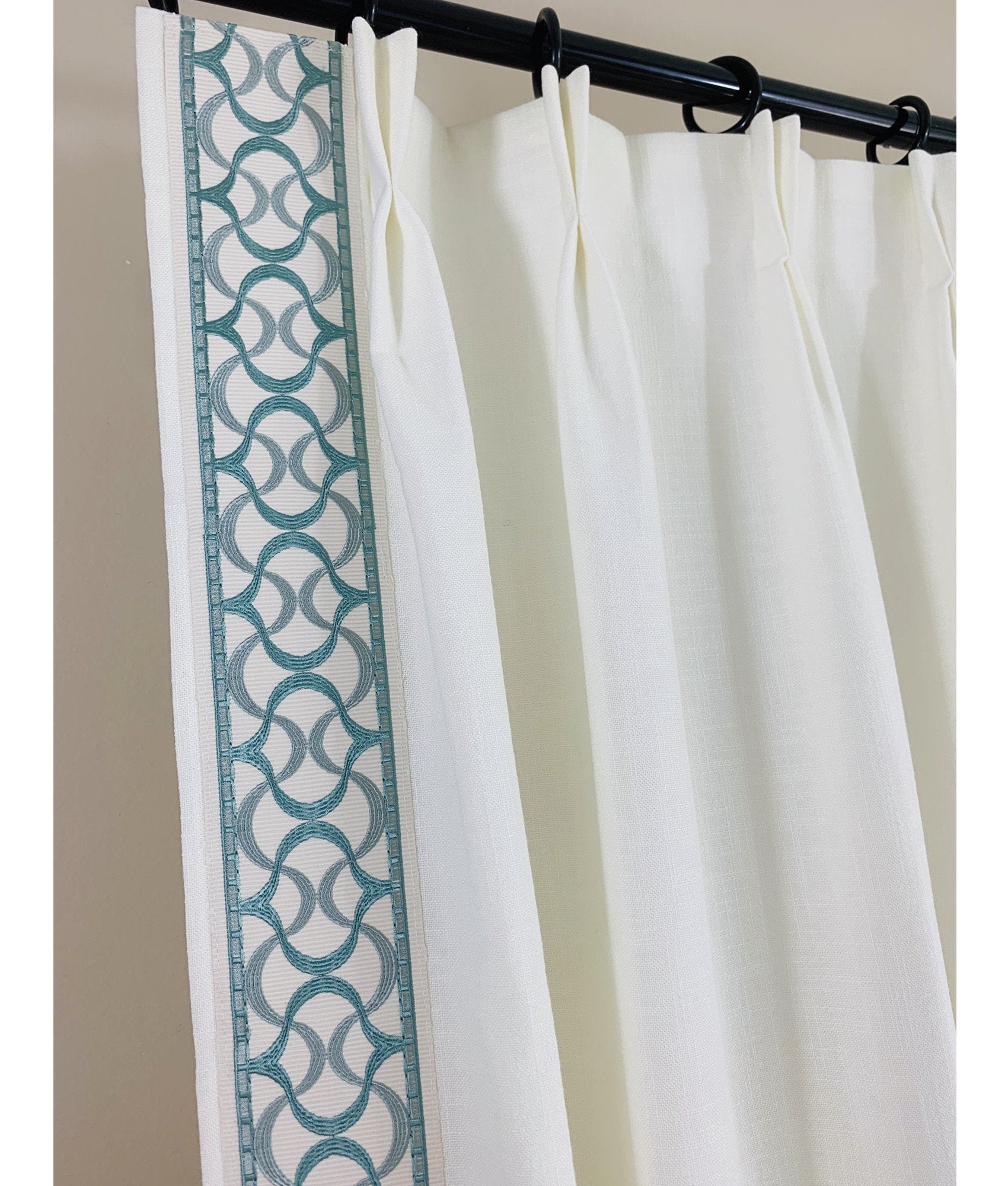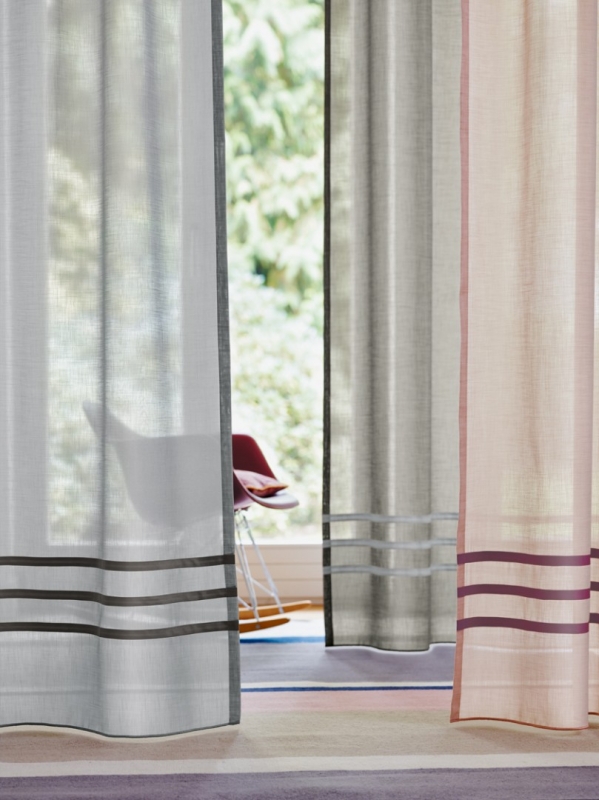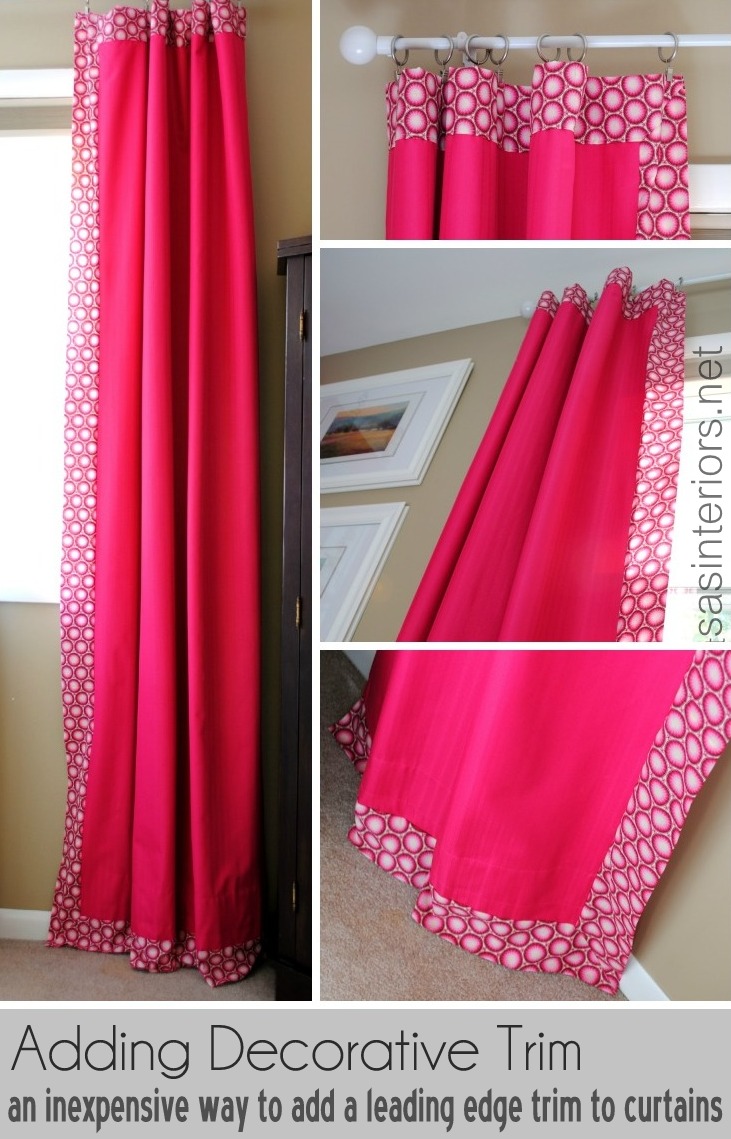Decorative trim is not merely an afterthought in home decor; it serves as a transformative element that brings all the pieces of a room together. In my years as a home decor enthusiast, I have come to realize that the right decorative trim for drapes can elevate the ambiance of a space significantly. In this guide, we will delve deep into the varieties of decorative trims, their benefits, and practical tips for choosing and installing them. So, let’s begin our journey towards a more beautiful home!
Understanding Decorative Trim for Drapes
When we discuss decorative trim, we refer to any embellishing material that enhances the aesthetic appeal of a drape. This includes tassels, fringe, beads, and piping. Each type adds a distinct character to your drapes and consequently to your room.
Types of Decorative Trim
Decorative trim comes in many forms, each offering unique features and styles. Here’s a breakdown of some popular options:
- Tassels: These are ideal for a touch of elegance and are commonly used on valances.
- Fringe: Available in various lengths, fringe can add movement to your drapes.
- Piping: This provides a tailored look and is perfect for modern or minimalist styles.
- Beaded Trim: Adds a touch of glam and is often seen in bohemian-inspired decor.
Comparison Table of Decorative Trims
| Type of Trim | Style | Best Use | Pros | Cons |
|---|---|---|---|---|
| Tassels | Elegant | Valances | Adds dimension | Can be expensive |
| Fringe | Playful | All drapes | Flexible length | Can look outdated |
| Piping | Modern | Minimalist decor | Clean lines | Less decorative |
| Beaded Trim | Glamorous | Bohemian styles | Unique textures | Requires careful cleaning |
Why Use Decorative Trim?
Incorporating decorative trim into your drapes adds a layer of sophistication that can transform an average window treatment into an eye-catching focal point.
Benefits of Decorative Trim
- Enhanced Aesthetic: Trim adds visual interest and depth to your drapes, making them more appealing.
- Customization: You can easily tailor drapes to fit your personal style and the specific decor of your home.
- Improved Functionality: Some trims can also serve a functional purpose, such as holding drapes in place or providing additional weight for a better drape.

How to Choose the Right Decorative Trim
Selecting the perfect trim involves considering your overall decor style, color palette, and the function of the drapes.
1. Match Your Decor Style
Your trim should complement your existing decor. For instance, if you have a traditional style, opt for tassels or fringe, while a modern space may benefit from sleek piping.

2. Consider Color and Texture
Pay attention to the color scheme of your room. Choose trims that either match or provide a beautiful contrast to your drapes. Likewise, textures play a significant role; combining different textures can add dimension.
3. Functional Requirements
Think about the purpose of your drapes. Are they purely decorative, or do they need to block out light? If function is essential, ensure that your trim does not hinder the drape’s function.

Personal Experience: My Journey with Decorative Trim
Let me share a little anecdote from my own experience. I once redecorated my living room and decided to give my drapes a facelift. I chose a soft, light-colored fabric and decided to add a rich burgundy tassel trim. The difference was remarkable! The burgundy not only complemented my furniture but also added a touch of warmth to the room. Whenever I have guests over, they always comment on how the drapes pull the whole room together. This personal touch transformed my living space and exemplifies the powerful impact of decorative trim.
Installing Decorative Trim: A Step-by-Step Guide
Installing decorative trim can be a DIY project that enhances your home decor without the hefty price tag of a professional. Here’s a simplified guide:

Materials Needed
- Decorative trim of choice
- Hot glue gun and glue sticks
- Scissors
- Measuring tape
- Fabric adhesive (optional)
Step-by-Step Instructions
- Measure the Length: Measure the length of the drapes where you’ll attach the trim.
- Cut the Trim: Cut the trim to match the measured length, leaving a little extra for bonding.
- Apply Adhesive: Use the hot glue gun to apply a line of glue along the edge of the drape.
- Attach the Trim: Press the trim into the hot glue, ensuring it’s straight and evenly placed.
- Secure (Optional): If desired, apply fabric adhesive along the edge of the trim for added security.
- Let Dry: Allow the trim to set and dry completely before hanging your drapes.

Pros and Cons of Decorative Trim
Like any design choice, decorative trim has its own set of advantages and disadvantages. Here’s an overview based on my experience:
Pros
- Adds elegance and style to any room.
- Available in a wide variety of materials, colors, and patterns.
- Can easily be customized to fit your preferences.
- DIY installation is possible, saving on labor costs.

Cons
- Some trims can be expensive, especially if they are handmade or high-quality.
- May require regular maintenance, especially if they are ornate or made of delicate materials.
- Choosing the wrong trim can overwhelm the space or clash with existing decor.
Conclusion
Decorative trim for drapes is a subtle yet impactful way to enhance your home decor. Whether you’re seeking elegance or a dash of fun, the right trim can redefine the look and feel of your space. With the insights shared in this article, I hope you feel inspired to explore the world of decorative trims and make your home a true reflection of your style!

Frequently Asked Questions (FAQs)
What is decorative trim for drapes?
Decorative trim for drapes refers to embellishing materials like tassels, fringe, piping, and beads that enhance the aesthetic appeal of drapes.
How do I choose the right decorative trim?
Consider your decor style, color palette, and whether the trim will serve a functional purpose when selecting the right trim for your drapes.
Can I install decorative trim myself?
Yes! DIY installation is possible with basic materials and tools, making it a cost-effective way to enhance your drapes.
What are the most popular types of decorative trim?
Popular types include tassels, fringe, piping, and beaded trim, each offering a unique style and character to your drapes.
How do I maintain decorative trim?
Maintenance varies based on the material; however, regular dusting and avoiding moisture can help keep your trim looking fresh.